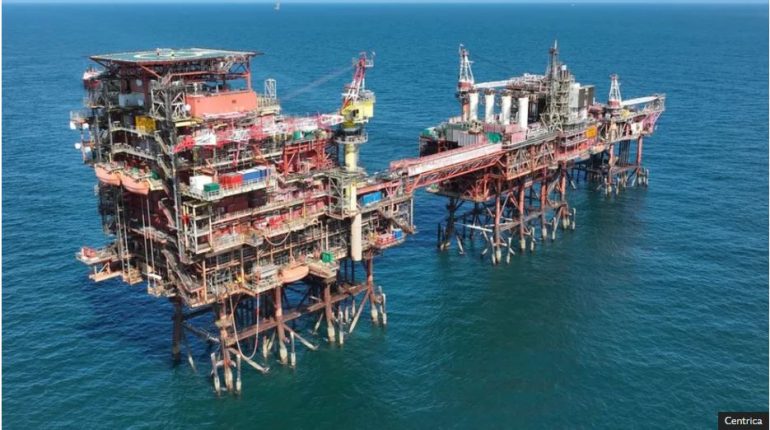
What are fossil fuels? Where does the UK get its energy from?
The UK has pledged to reach “net zero” – where no additional planet-warming greenhouse gases are added to the atmosphere – by 2050.
To achieve this, much more of our energy needs to come from renewable and low-carbon sources, and much less from fossil fuels – but the government has been criticised for the lack of progress it has made.
How is the UK’s energy produced?
In 2022 – the most recent full year for which data is available – the majority of the primary energy consumed within the UK (78.4%) came from coal, oil and gas, known as fossil fuels.That is down from 87.2% in 2012, mainly due to the declining use of the dirtiest fossil fuel, coal.
“Primary” energy refers to fuels in their raw form, before they are converted into “useful” energy which heats and powers homes, businesses, transport and industry. The amount of useful energy produced is often much less than the amount of primary energy put in, particularly with fossil fuels.
Around one-fifth (20.7%) of UK primary energy consumption was from “low-carbon” sources in 2022 – up from 12% in 2012.
“Low-carbon” includes renewables such as wind, solar, hydropower and bioenergy, as well as nuclear.
Nuclear is not renewable, but is classed as low-carbon because power stations do not directly release greenhouse gases during their operation.
The output from nuclear energy has actually fallen by around a third in the past decade due to ageing reactors.

